Tattoo
Recognition
Enable precise identification through the distinct narratives
inked on skin. Next-gen tools, workflows, and algorithms
battle tested for law enforcement and intelligence.
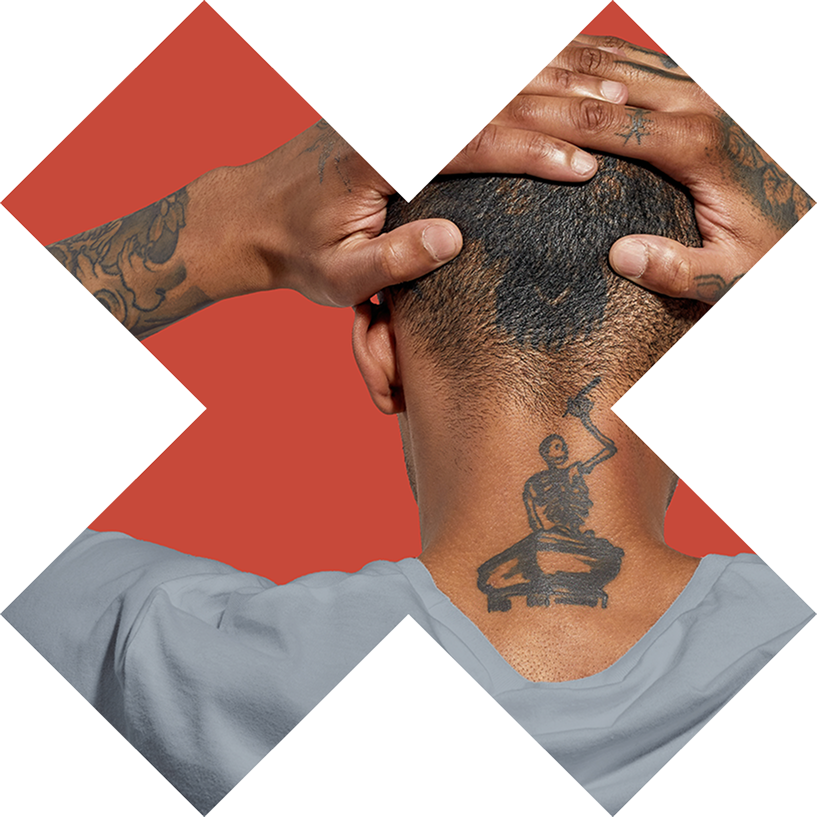
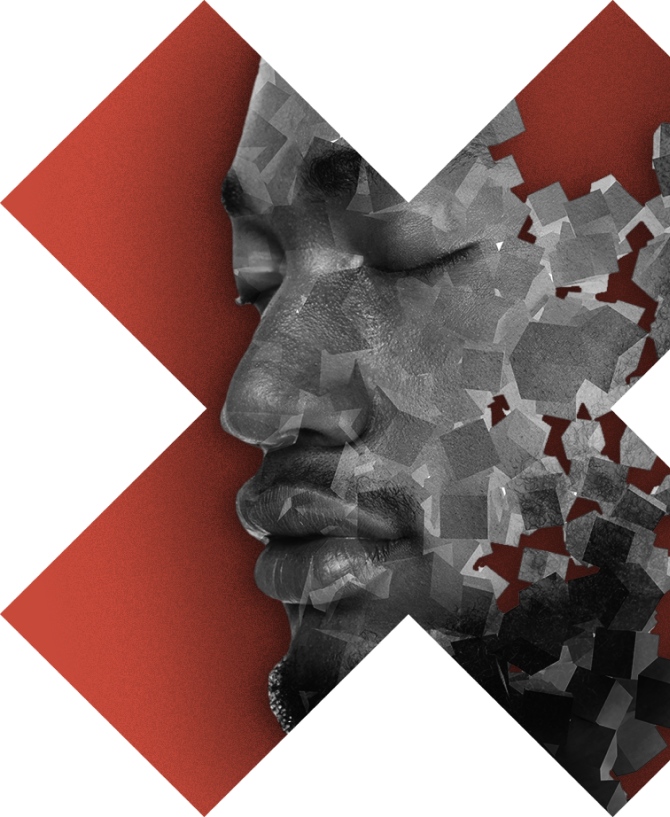
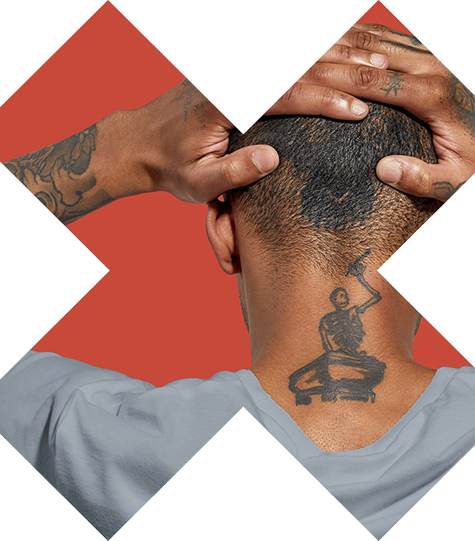
Tattoos tell a story. Harness the power of ROC Vision AI to identify unknown subjects through their tattoos – even when traditional biometrics fall short.
The industry-leading tattoo matcher.
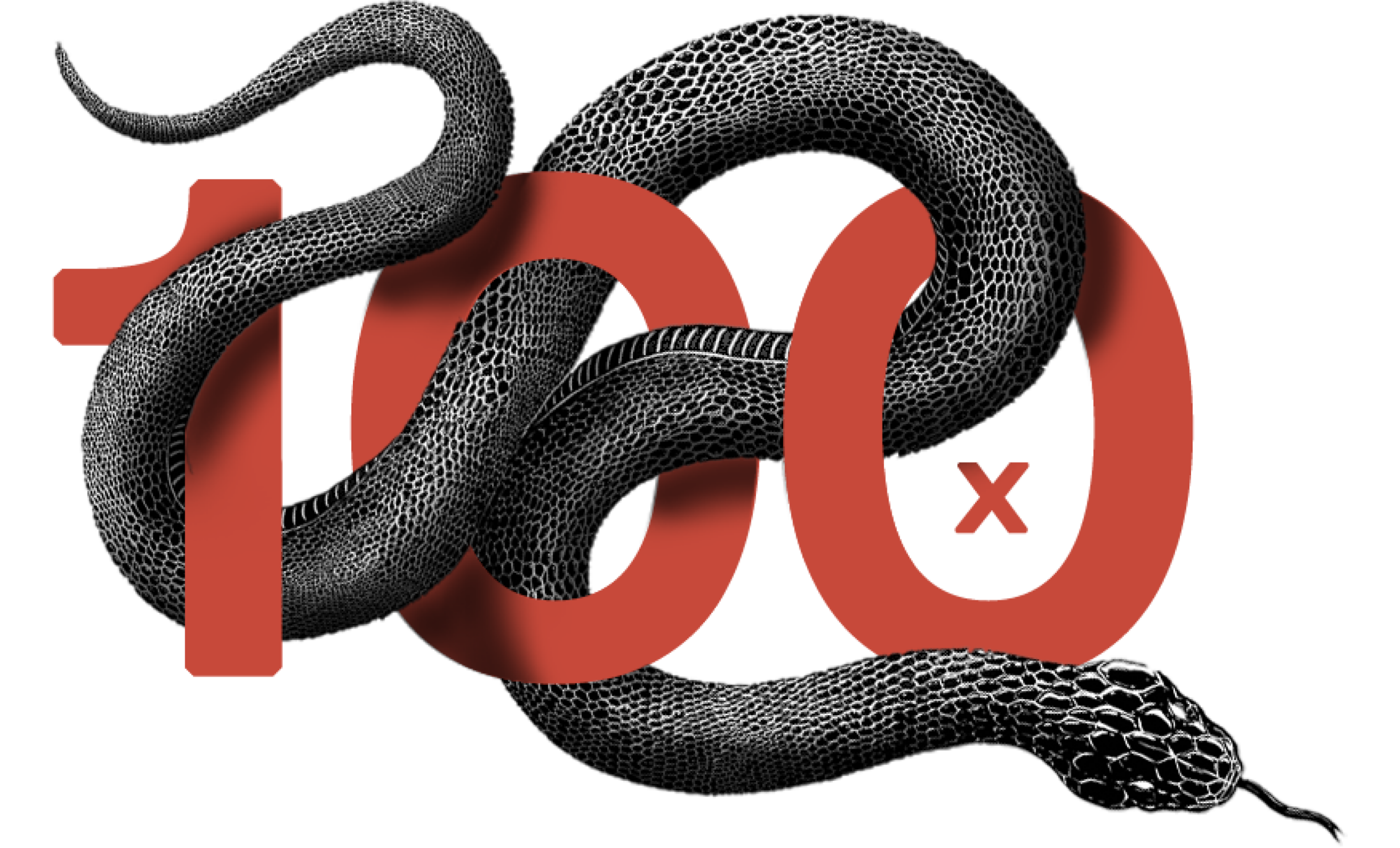
100x faster than industry standard
Postmortem identification
Crime scene investigation
Forensic intelligence
Human trafficking
Counterterrorism
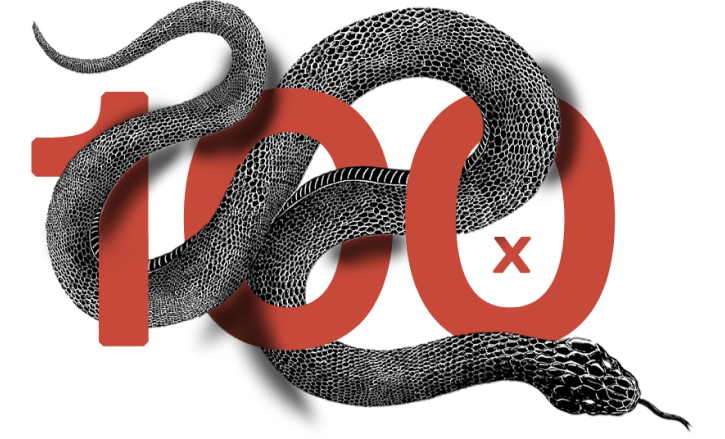
100x faster than industry standard
Postmortem identification
Human trafficking
Crime scene investigation
Counterterrorism
Forensic intelligence
Precision-engineered biometric identification.
95.1
True Acceptance Rate
0.01
False Acceptance Rate
100%
American Made
378 ms
Template Generation Speed
18 nsec
Comparison Speed
37 bytes
Template Size

Deployed by
DOD | DOS | US NAVY | US MARSHALS | FBI
AMERICA’S
FINEST
trained on vast, ethically sourced datasets and precisely annotated training data.
01
Easy to integrate
Integrate into any system, platform, or device with ROC SDK. Effortlessly incorporate transformative tattoo matching with just a few lines of code or access the entire suite of ROC multimodal capabilities.
02
Functional and lightweight
03
Built with best practices
04
Powered by responsible AI
100% made in America, ROC upholds an industry-leading code of ethics to actively mitigate the threat of poison AI. This commitment has earned the trust of the U.S. military, top law enforcement agencies, and global FinTech brands.
PRODUCTS
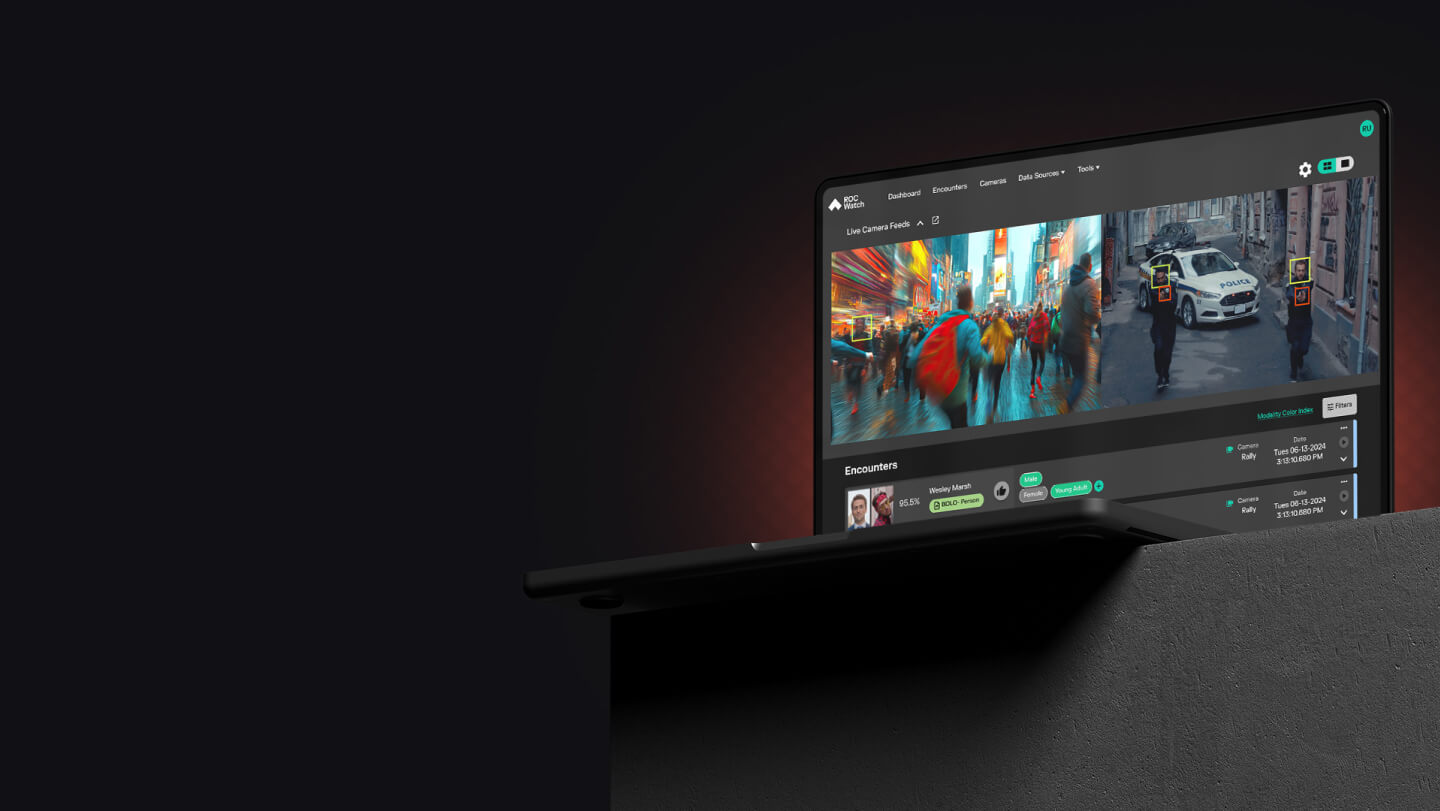
Reimagine What’s Possible
Tap into the power of the all-in-one ROC SDK. Integrate gamechanging biometric and Vision AI capabilities with just a few lines of code.
PRODUCTS


Reimagine What’s Possible
Tap into the power of the all-in-one ROC SDK. Integrate game changing biometric and Vision AI capabilities with just a few lines of code.

What is tattoo matching?
Tattoo recognition is an innovative technology designed to help law enforcement identify suspects when facial or fingerprint images aren’t available. By analyzing unique features such as scars, marks, and tattoos, it offers a more precise identification method than broader traits such as race, gender, or age. These unique markings tell a story, providing critical insights into the identification of victims and suspects, and revealing clues about personal information, beliefs, or gang affiliations. This modality enhances investigative capabilities and strengthens law enforcement resources, making it invaluable in solving cases and ensuring public safety.
Build with ROC.
Schedule a free trial or demo.